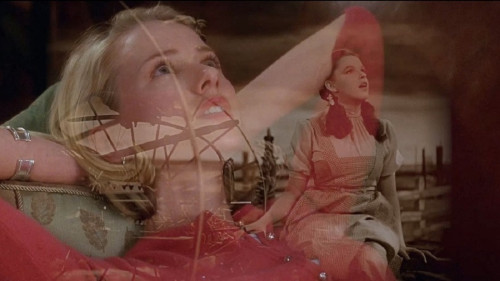Volume 19, Issue 5 / May 2015
Cinematic Pleasures
In this issue
-
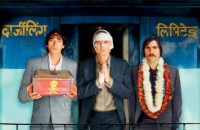
Enlightenment: Wes Anderson’s film The Darjeeling Limited, featuring Owen Wilson, Adrien Brody, and Jason Schwartzman
-
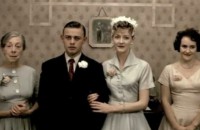
Not the Long Goodbye: Some Thoughts on the Role of the Web in the Survival of Celluloid
-

The Pleasure of Walter White’s Grotesque Odyssey: Complex Narrative Escalation in AMC’s Breaking Bad (2008-2013)
The Return of the White Male Psychopath
-
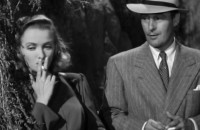
The pleasures of the Genre: the Falcon films
-
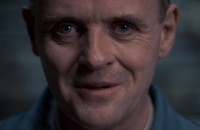
‘En-gendering’ Philosophies of Horror: A Zizekian Perpsective
Just like taste in food, pleasure itself is a subjective thing. The cliché “to each his own” speaks volumes on what constitutes cinematic pleasure; and, to use another food analogy, the menu of cinematic pleasure is deep. This issue makes no claim to exhaust the plentiful dishes in this menu, but merely touch upon a few pleasures, from both the viewer and writer perspectives. For many years now the films of Wes Anderson have presented a challenge to cinematic pleasure. His films are often gleefully joyous from a formal and stylistic standpoint, but present troubled characters and traumatic events. Perhaps none more so than Darjeeling Limited, which is analyzed in the issue’s first essay by Daniel Garrett. Brandon Taylor’s use of the word ‘pleasure’ in reference to the TV show Breaking Bad is largely ironic because the viewing pleasure comes loaded with some burdensome moral choices. Brandon Taylor looks at a recent development in dramatic television shows which skewer conventional audience identification with strong hero characters who do not align with classic notions of what a hero or heroine is. In recent dramatic shows such as The Sopranos, Dexter, Breaking Bad, House of Cards and Games of Thrones, the classic hero, often morally ‘right’ even if violent or dangerous, is often depicted as white male psychopaths —and not just male or adult, as in Games of Thrones, where female and teenage killers are featured— who are ostensibly the show’s protagonist, forcing audiences to decide between morally complex scenarios of murder as an act of vengeance, justice, self-defense or economic gain. Philip Gillett offers a more conventional form of pleasure —the safety of genre convention and invention— across the many Falcon crime films of the 1940s. Paul W. Salmon adopts the role of the cinephile and argues the pros rather than cons of the digital revolution in his essay “Not the Long Goodbye: Some Thoughts on the Role of the Web in the Survival of Celluloid.” For those who like their theoretical pleasure a little perversely, I present Stefan Gullatz’s Zizikian take on horror, more specifically issues of gender/sexuality and genre definition. Gullatz tackles first Carroll (his definition of art-horror) by way of a passage in Zizek on the Gothic literature to rectify Carroll’s dependence on the supernatural to define art-horror; and then takes issue with Ken Gelder’s (Reading the Vampire) labeling of Zizek’s analysis of horror being blind to nuances of gender and queer sexuality. Enjoy your meal! (Donato Totaro)





